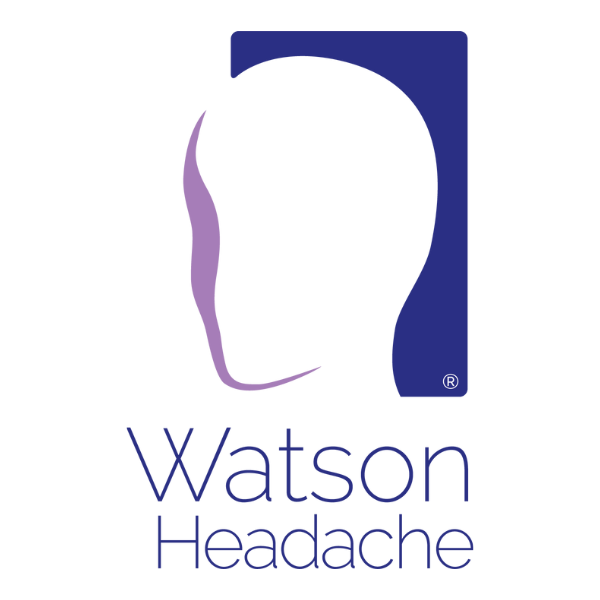As I discussed in Edition 2 ‘OC3 in Headache Matters, the TCC is recognised as the relay centre for all things headache and migraine, and there is a general consensus that central sensitisation (CS) of the Trigeminocervical Complex (TCC) is the underlying mechanism in headache and migraine conditions. Furthermore, it is recognised that CS of the TCC plays a crucial role in the chronicity of headache and migraine.
‘Centrally’ Driven Sensitisation
Given the critical importance of CS, it is prudent to revisit the CS before delving deeper into the causes of sensitisation in the TCC.
Central sensitisation is characterized by heightened sensitivity to pain, particularly increased temporal summation, dynamic tactile allodynia, and secondary punctate or pressure hyperalgesia. It’s important to note that CS is a neuroplastic phenomenon, which can change quickly, and which we will explore further in a clinical context later.
Essentially, CS is a condition where nociceptive neurons in the central nervous system become more responsive or magnified in their response to normal or subthreshold sensory input. There are two potential drivers of central sensitisation: dysregulated descending inhibitory pathways, known as conditioned pain modulation (CPM), which represents ‘centrally’ driven sensitisation, and the activation of peripheral nociceptors, which represents ‘peripherally’ driven sensitisation.
‘Peripherally’ Driven Sensitisation
It is widely acknowledged that peripheral nociceptors can trigger a prolonged but reversible increase in the excitability of neurons within the nociceptive pathways of the central nervous system – ‘peripherally’ driven sensitisation, or peripheral CS (PCS). However, the majority of research in the field of headache and migraine has focused on CPM i.e. ‘centrally’ driven CS (CCS), largely neglecting the peripheral influences. Has this focus advanced the care of those living with headache and migraine? Well, to some extent, yes, if one considers that more and more pharmaceutical options – and the pharmaceutical option is the only one, IF, we assume we are dealing with CCS – is advancement. However, reality (our patients), doesn’t reflect this – frustration is rampant – they are looking for answers which are not forthcoming and therefore pharmaceutical intervention is accepted equivocally.
Differentiating Between CCS and PCS
We all agree that having diagnostic criteria to identify the presence of CS in patients would greatly aid in phenotyping and selecting appropriate treatments that normalise hyperexcitable central neural activity, thus achieving analgesia. However, this necessitates differentiating between CCS and PCS. As manual therapists, we are in a prime position to investigate and confirm or exclude PCS originating from the upper cervical dysfunction; this is not difficult… if you follow basic neurophysiological principles.
I’ll leave you with a quote from Woolf’s 2011 publication: “A central amplification during angina pectoris had been postulated exactly 100 years ago by W. Allen Sturge, who, in an 1883 paper in ‘Brain’, envisioned a possible central nervous system ‘commotion… passed up from below.'”
Could this concept also apply to primary headaches?
Reference:
Woolf CJ. Central sensitization: implications for the diagnosis and treatment of pain.
Pain. 2011;152(3 Suppl):S2-15.

